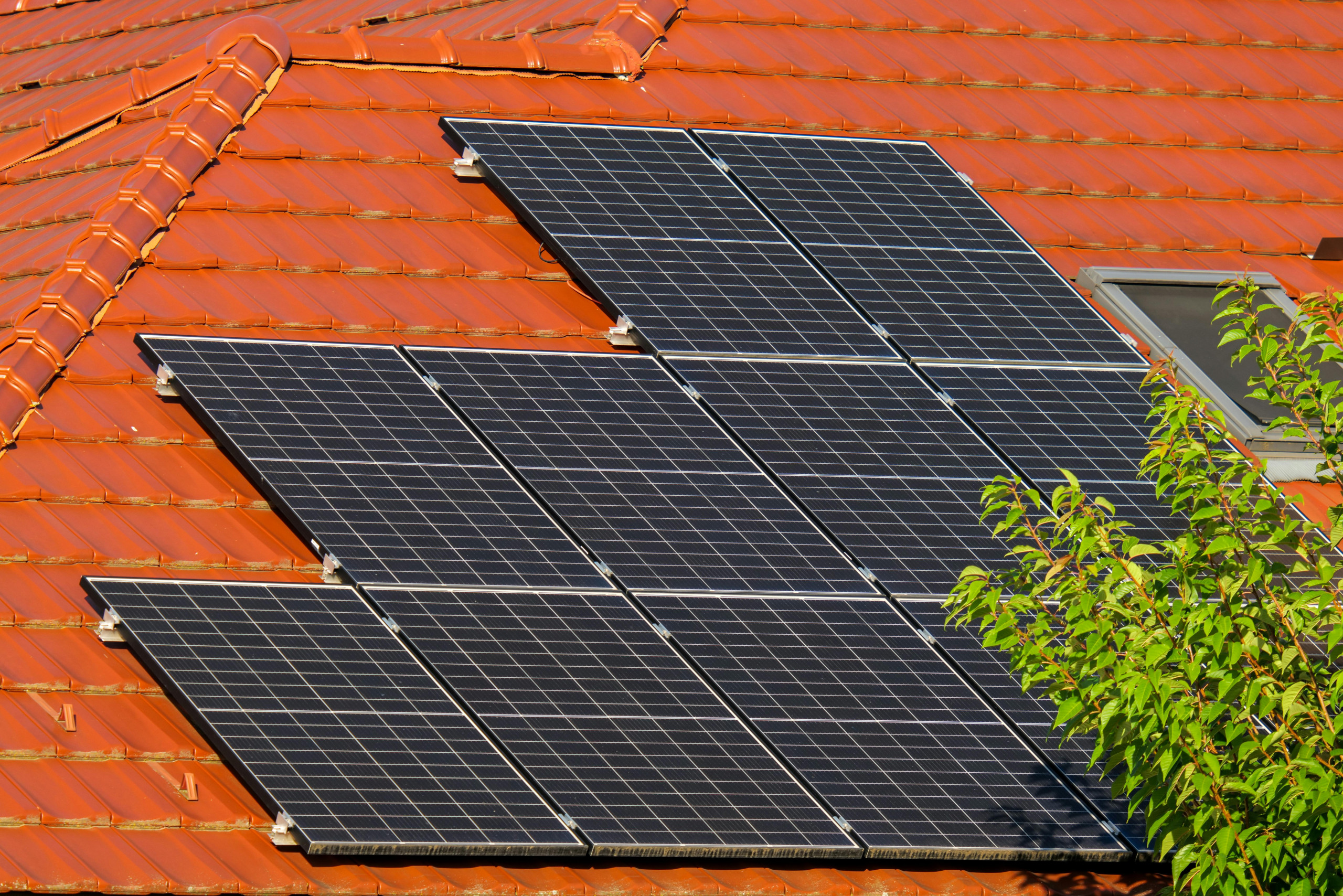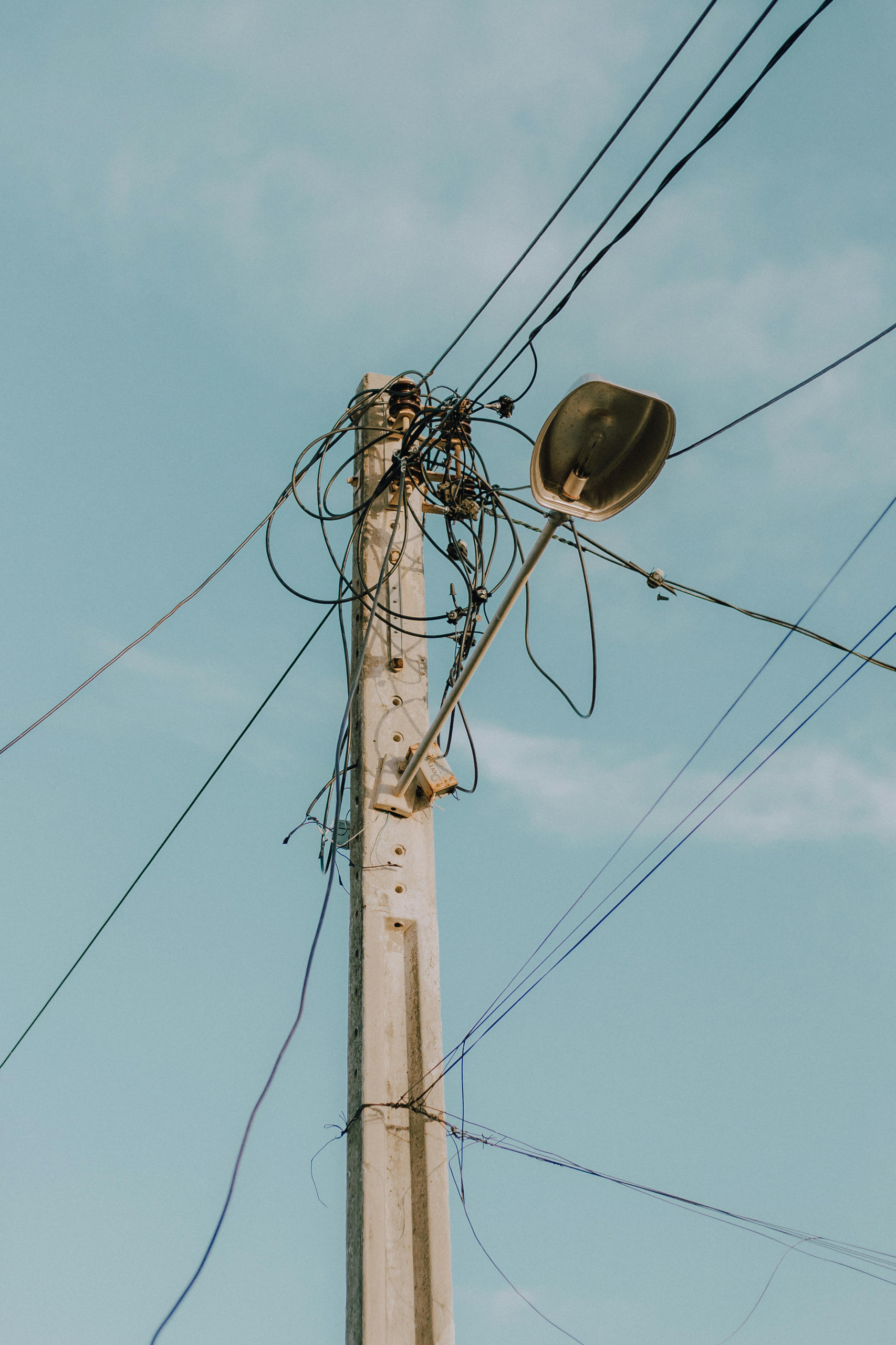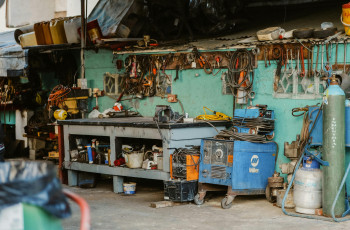Have you ever wondered about the power ratings and capabilities of heavy-duty die grinders? Look no further, as this article aims to provide you with a comprehensive understanding of these essential tools. Whether you’re a professional or a DIY enthusiast, gaining knowledge about the power ratings and capabilities of heavy-duty die grinders can significantly impact your work efficiency and the quality of results. From the different types of die grinders available to their power ratings and various capabilities, this article will equip you with the necessary insights to make informed decisions when it comes to choosing and utilizing heavy-duty die grinders. So, let’s explore the world of these powerful tools together.
What are heavy-duty die grinders?
Heavy-duty die grinders are powerful handheld tools used in various industries for grinding, polishing, and shaping different materials. They are versatile and can handle heavy-duty tasks thanks to their high power and durability. These tools are commonly used in metal fabrication, woodworking, automotive shops, and maintenance tasks.
Definition of heavy-duty die grinders
Heavy-duty die grinders are compact, handheld power tools that use rotating discs or wheels to remove material and create a smooth finish. They are called “die grinders” because they were initially developed for working with metal dies. These tools are designed to offer high precision and control, allowing users to work on detailed tasks such as deburring, grinding, and polishing. Heavy-duty die grinders are typically electrically powered and feature high RPM (Revolutions Per Minute) and torque.
Common applications for heavy-duty die grinders
Heavy-duty die grinders find applications in various industries due to their versatility and power. Some common uses include:
- Metal fabrication: Die grinders are ideal for tasks such as deburring, weld seam grinding, and metal shaping.
- Woodworking and carpentry: Die grinders are used for carving, shaping, and sanding wood.
- Automotive and maintenance tasks: Die grinders are valuable tools for tasks such as rust removal, gasket cleaning, and paint preparation.
Power ratings of heavy-duty die grinders
Understanding power ratings
Power ratings refer to the amount of power a grinder’s motor can generate. It is typically measured in watts or horsepower (HP). The power rating is an essential factor to consider as it determines the tool’s capability to handle different materials and tasks. Higher power ratings indicate more powerful motors that can handle heavy cutting or grinding tasks with ease.
Different power options available
Heavy-duty die grinders come in varying power options. They can be electrically powered, pneumatic (air-powered), or cordless (battery-powered). Each power option has its advantages and disadvantages. Electric die grinders offer consistent power output, pneumatic die grinders are lightweight and ideal for extended use, and cordless die grinders provide mobility and convenience.
Effect of power rating on performance
The power rating of a heavy-duty die grinder directly impacts its performance. Grinders with higher power ratings provide more torque, enabling them to handle tough materials and achieve faster material removal. They also allow for the use of larger grinding accessories and can maintain their speed under load, preventing stalling and increasing productivity. It is important to choose a die grinder with an adequate power rating for the intended applications to ensure efficient and effective operation.

Capacities of heavy-duty die grinders
Variable speed options
Some heavy-duty die grinders offer variable speed options, allowing users to adjust the RPM according to the task at hand. Variable speed control is beneficial when working with different materials or when precise control is required. Lower speeds are suitable for polishing and finessing tasks, while higher speeds are better for material removal and grinding.
Collet sizes and compatibility
Heavy-duty die grinders utilize collets to hold abrasive accessories, such as grinding stones or sanding discs. Different die grinders may have varying collet sizes, typically ranging from 1/4 inch to 1/8 inch. It is crucial to ensure the collet size of the die grinder matches the accessories being used to ensure a secure and stable fit.
Maximum RPM (Revolutions Per Minute)
The maximum RPM of a die grinder refers to the maximum speed at which the grinding accessory can rotate. Die grinders typically have high RPMs, ranging from 25,000 to 30,000 or even higher. The high RPM allows for fast material removal, but it is essential to choose the appropriate speed for the task at hand to avoid damage or excessive material removal.
Understanding torque
Torque is the rotational force produced by the motor of a heavy-duty die grinder. It determines the grinder’s ability to maintain speed under load and control during operation. Higher torque enables the grinder to handle heavy-duty tasks and resist stalling, making it ideal for grinding or cutting through tough materials. Understanding the torque rating of a die grinder is essential in selecting the right tool for the intended applications.
Factors to consider when choosing a heavy-duty die grinder
Application requirements
Consider the specific tasks and materials you will be working with when selecting a heavy-duty die grinder. Different applications may require different power ratings, speed options, and accessories. Ensure the chosen die grinder has the necessary capabilities to handle the intended tasks effectively.
Power source availability
Determining the power source availability is important when choosing a heavy-duty die grinder. If access to electricity is limited or not available, a cordless or pneumatic die grinder may be a better option. However, if consistent power is required, an electric die grinder may be more suitable. Consider the availability of power sources and choose accordingly.
Ergonomics and comfort
Since heavy-duty die grinders are handheld tools, ergonomics and comfort are vital considerations. Look for grinders with comfortable grips, ergonomic designs, and low vibration to reduce fatigue during extended use. Choose a die grinder that feels comfortable and balanced in your hand, as it will make the work more enjoyable and less tiring.
Durability and build quality
Durability and build quality play a significant role in the longevity and performance of a heavy-duty die grinder. Look for grinders made with high-quality materials, such as aluminum or steel, which can withstand heavy use. Consider the overall construction, including the design of motor housing and switches, to ensure they are built to withstand the demands of your intended applications.
Brand reputation and customer reviews
When choosing a heavy-duty die grinder, consider the reputation of the brand and the experiences of other customers. Look for reputable brands known for producing high-quality tools that offer reliable performance and durability. Reading customer reviews and ratings can provide valuable insights into the strengths and weaknesses of different models, helping you make an informed decision.

Safety considerations when using heavy-duty die grinders
Personal protective equipment (PPE) requirements
When operating heavy-duty die grinders, personal protective equipment (PPE) is essential to ensure the safety of the user. Wear safety glasses or a face shield to protect your eyes from flying debris. Additionally, use hearing protection to prevent long-term hearing damage. It is also recommended to wear a dust mask or respirator to protect against inhalation of dust or particles.
Safe operating procedures
Follow safe operating procedures when using heavy-duty die grinders. Ensure the grinder is securely held with both hands and maintain a firm grip on the tool during operation. Position yourself and others away from the grinding area to prevent accidental contact. Always use the appropriate grinding accessories and inspect them for any damage before use.
Avoiding hazards and potential accidents
Be aware of potential hazards and take necessary precautions to avoid accidents while using heavy-duty die grinders. Keep cords and hoses away from the rotating accessory to prevent entanglement. Never operate the grinder if the power cord is damaged. Ensure the work area is well-lit and clear of obstacles. Regularly inspect the grinder for any signs of wear or malfunction and address any issues promptly.
Maintenance and care for heavy-duty die grinders
Cleaning and lubrication
Regular cleaning and lubrication are essential to maintain the performance of heavy-duty die grinders. After each use, clean the grinder by removing any debris or dust. Wipe the surface with a clean cloth or use compressed air to remove particles from hard-to-reach areas. Additionally, lubricate the moving parts and bearings as recommended by the manufacturer to prevent corrosion and ensure smooth operation.
Replacing worn-out or damaged parts
Over time, certain parts of a heavy-duty die grinder may wear out or become damaged. Replace worn-out or damaged parts promptly to ensure optimal performance and safety. Consult the manufacturer’s instructions or seek professional assistance to identify and replace the necessary parts.
Regular inspection and maintenance
Perform regular inspections and maintenance on heavy-duty die grinders. Check the power cord for any signs of damage and replace it if necessary. Inspect the grinding accessories for wear or damage and replace them as needed. Ensure all screws and fasteners are tightened properly. Regular maintenance will prolong the lifespan of the die grinder and prevent potential issues.
Storage and handling precautions
Proper storage and handling of heavy-duty die grinders are crucial to prevent damage and maintain their performance. Store the grinder in a clean and dry environment to avoid exposure to moisture or dust. Use the storage case or a designated area to prevent accidental damage. When handling the grinder, avoid excessive force or dropping it, as it can lead to internal damage or affect its performance.

Comparing heavy-duty die grinders to other similar tools
Differences between die grinders and angle grinders
One common tool that is often compared to heavy-duty die grinders is the angle grinder. While both tools can perform similar tasks, they differ in design, power, and applications. Heavy-duty die grinders are smaller and more maneuverable, making them ideal for detailed work. Angles grinders, on the other hand, are larger and more suitable for heavy material removal or cutting tasks. Die grinders can provide higher RPMs and better control, whereas angle grinders often have more torque.
Comparing die grinders to rotary tools
Rotary tools, commonly referred to as Dremel tools, are versatile handheld tools used for various tasks. While they share some similarities with heavy-duty die grinders, there are significant differences. Rotary tools are smaller and lighter, making them ideal for precision work and intricate detail. Heavy-duty die grinders, with their higher power and larger size, are more suitable for heavy-duty applications and tasks that require more material removal.
Advantages and disadvantages of heavy-duty die grinders
Heavy-duty die grinders offer several advantages, including high power and torque, versatility, and precise control. They are designed for heavy-duty tasks and can handle tough materials with ease. However, heavy-duty die grinders may be more expensive compared to other similar tools. They are also larger and bulkier, which may be a disadvantage in certain situations where portability is essential.
Recommended heavy-duty die grinders for different applications
Die grinders suitable for metal fabrication
For metal fabrication tasks, it is recommended to choose heavy-duty die grinders with high power ratings, ample torque, and variable speed options. Look for models that offer adjustable RPMs and durability to withstand heavy use. Some popular options include the Makita GD0601, DeWalt DWE4887, and Bosch DG490CE.
Die grinders for woodworking and carpentry
When working with wood, heavy-duty die grinders with variable speed control are ideal to achieve precise results. Look for grinders with lower speeds for finessing and polishing tasks, and higher speeds for material removal. The Milwaukee 5196, Metabo GE 950 G Plus, and Ingersoll Rand 301B are popular choices for woodworkers and carpenters.
Die grinders for automotive and maintenance tasks
For automotive and maintenance tasks, versatility, power, and durability are key factors to consider. Choose heavy-duty die grinders with high RPMs and torque to handle tasks such as rust removal, gasket cleaning, and paint preparation. The Chicago Pneumatic CP875, Astro Pneumatic Tool 219, and Aircat 6210 are recommended options for automotive and maintenance applications.
Tips for maximizing the performance of heavy-duty die grinders
Choosing the right accessories and attachments
Selecting the appropriate accessories and attachments for your heavy-duty die grinder is crucial for maximizing its performance. Consider the specific task and material you are working with and choose the appropriate grinding stones, sanding discs, or cutting wheels. Ensure the accessories are compatible with the collet size of your die grinder for a secure fit.
Proper handling and technique
Use proper handling techniques while operating a heavy-duty die grinder to maximize its performance. Hold the grinder with both hands and maintain a firm grip. Position yourself in a stable and comfortable stance. Practice precise and controlled movements while operating the tool to achieve the desired results and prevent accidents.
Maintaining optimal speed and pressure
Maintaining optimal speed and pressure during operation is essential for maximizing the performance of a heavy-duty die grinder. Avoid exerting excessive pressure on the grinder, as it can cause premature wear or damage. Let the grinder’s RPM and the sharpness of the accessory do the work. Experiment with different speeds and pressures to find the optimal settings for your specific task.
Avoiding overheating and excessive wear
Heavy-duty die grinders can overheat when used for prolonged periods or under heavy load. To prevent overheating, take regular breaks during extended use to allow the grinder to cool down. Additionally, avoid prolonged contact with the same spot to prevent excessive wear on the accessory and maintain optimal performance. If the grinder starts to emit excessive heat or show signs of decreased performance, allow it to cool down before continuing.
Conclusion
Recap of the importance of understanding power ratings and capabilities
Understanding the power ratings and capabilities of heavy-duty die grinders is crucial in selecting the right tool for the job. Power ratings determine the tool’s ability to handle different materials and tasks, while RPM, torque, and versatility contribute to its overall performance. Choose a die grinder that matches your application requirements to ensure efficient and effective operation.
Final thoughts on heavy-duty die grinders
Heavy-duty die grinders are versatile and powerful tools that can handle a wide range of tasks in various industries. By considering factors such as power ratings, capacities, safety considerations, and maintenance requirements, you can find the perfect heavy-duty die grinder for your specific needs. Remember to always prioritize safety and follow recommended operating procedures to ensure a successful and enjoyable grinding experience.



